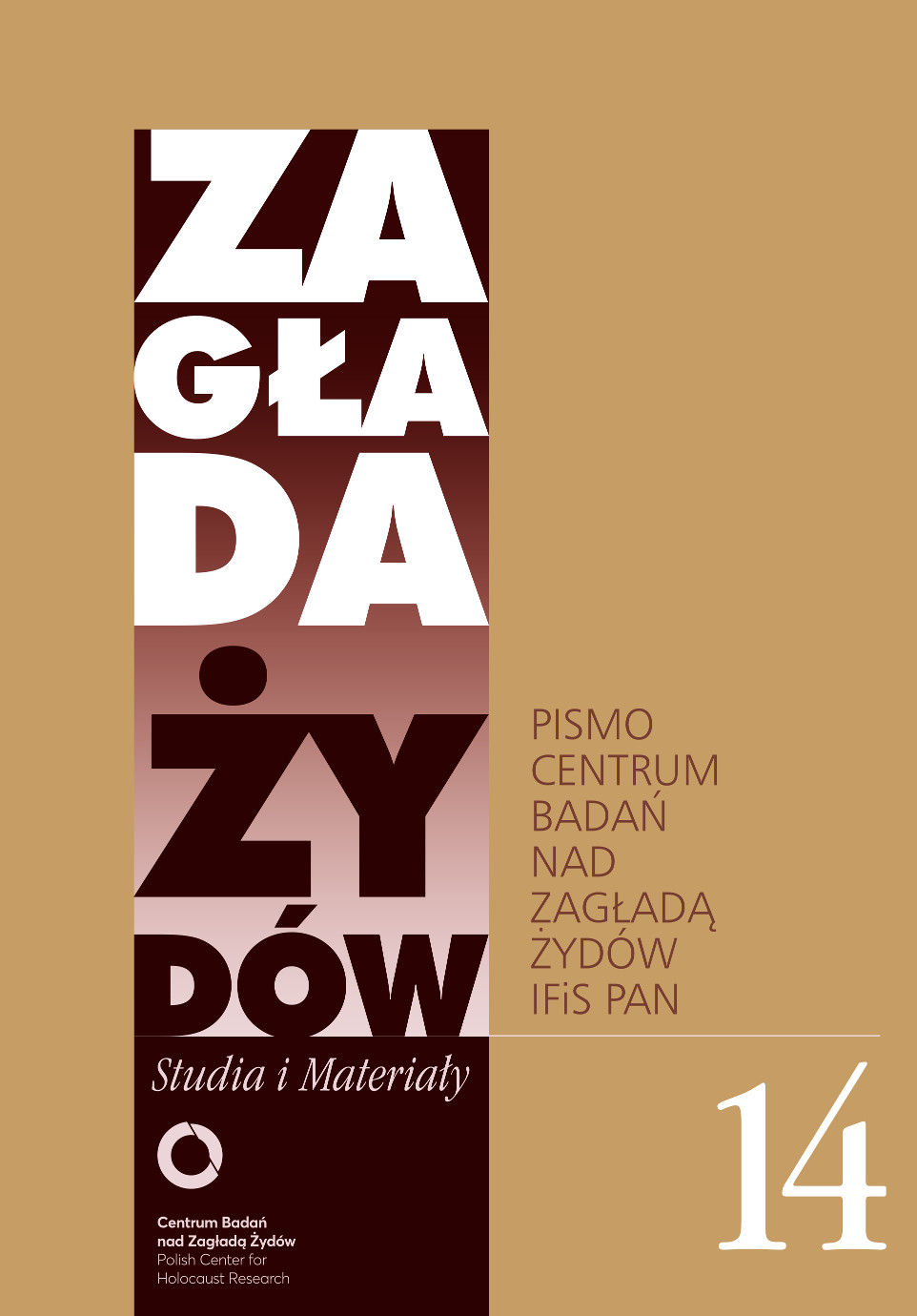Zagłada Żydów. Studia i Materiały, No. 14 (2018), Pages: 115-164
This text analyzes how the underground civil and military judiciary (Special Civil Court and Special Military Court) treated the plague of blackmail and denunciations which threatened the Jews hiding in Warsaw during 1942–1944. A broad search query in archives has led to a review of several theses and opinions functioning in the subject literature. It occurred that the Special Civil Court in Warsaw passed the ϐirst sentences on the blackmailers a few months earlier than previously thought, though those sentences were not carried out due to lack of technical possibilities. The critical analysis of the sources also made it possible to disprove the belief that Jan Łakiński was sentenced and liquidated for his contribution to the discovery of the shelter where the creator of Oneg Shabbat, Emanuel Ringelblum, was hiding. The fact that Łakiński was liquidated shortly after was, as it turned out, only a coincidence. The person actually responsible for the discovery of the shelter and Ringelblum’s death was not found and punished by the underground. The author has exceeded his predecessors in terms of the level of detail exhibited in his reconstruction of the functioning of the Special Civil Court in Warsaw, his description of the manner and circumstances of carrying out of all the sentences passed on individuals found guilty of anti-Jewish activity, and his discussion on the issue of the effectiveness of the surveillance of blackmailers carried out by various structures of the Polish underground.
 English
English
 Język Polski
Język Polski



